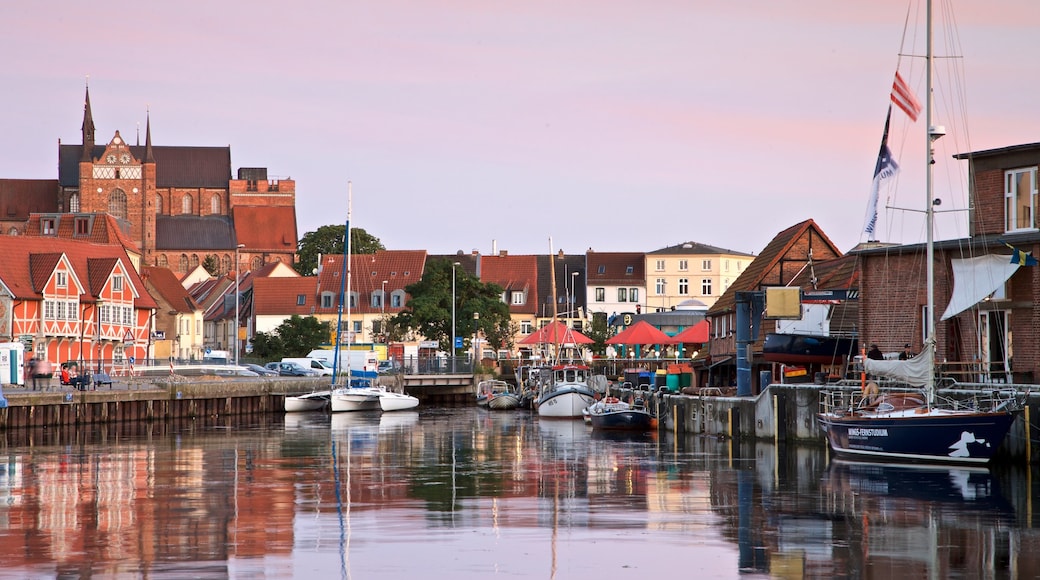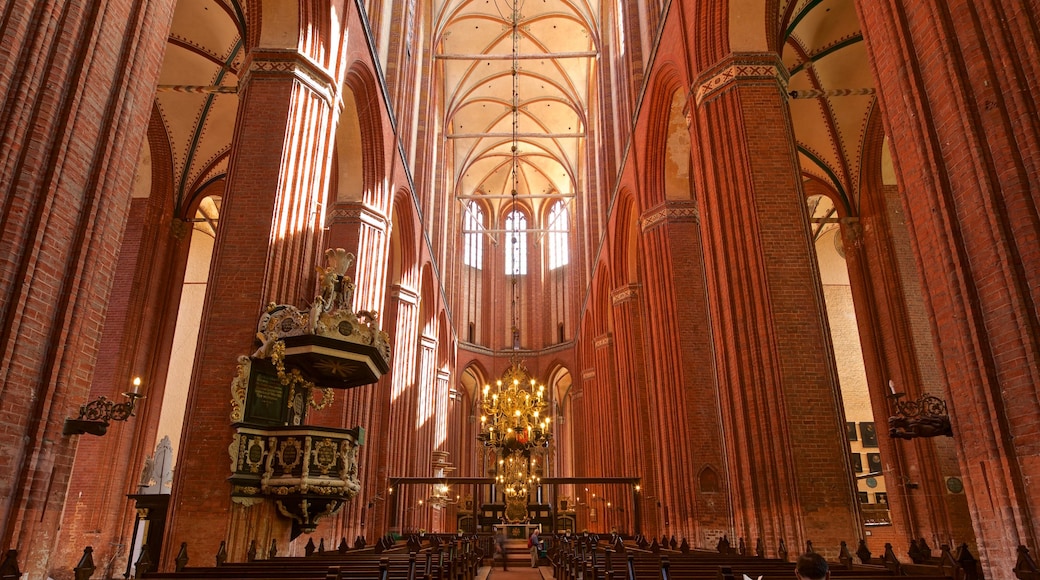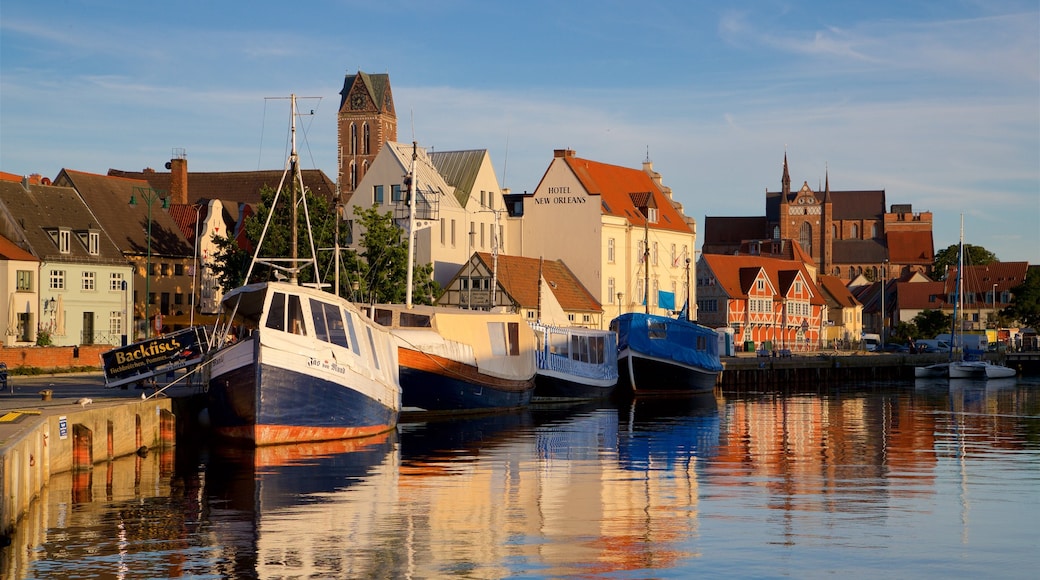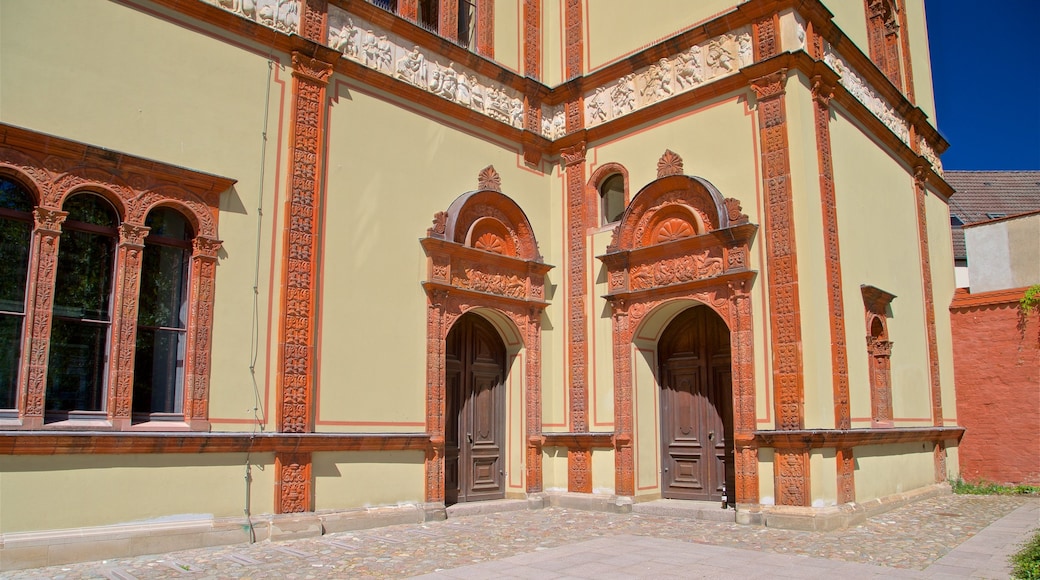Wismar is known for its medieval buildings, many of which are in an elaborate redbrick Gothic style. Founded in the 1200s, it became a major trading center in the 14th and 15th centuries as part of the Hanseatic League. For over 150 years, Wismar ruled as the administrative capital of Sweden’s German possessions. Experience its distinctly Scandinavian flavor in the city’s annual Swedish Festival, held in August.
Tour Wismar’s magnificent religious architecture, built in the brick Gothic style. Start at the St-Marien-Kirche Steeple for an introduction to this style and access to panoramic views of the city and its surroundings. Walk down the street to Holy Spirit Church, a small but ornate house of worship with a beautifully painted ceiling. Continue to St. George’s Church, which was badly damaged in World War II but now serves as a performance space and hosts a rooftop observation desk. Stroll through the streets to St-Nikolai-Kirche, with one of the tallest naves in Germany.
Relax from your adventure in Wismar’s Market Square, ringed by shops and restaurants offering a taste of local culture. On the plaza’s southeast corner, visit the Wasserkunst, a magnificent former pumping station. Follow the path of the tubes out to the edge of Old Town, where the Alte Wasserturm stands. One of the only remaining parts of the city’s medieval wall, it was the city water supply’s first line of defense against successive invasions of Danes, Swedes and Germans.
Reach Wismar from the closest international airport in Luebeck in 45 minutes by car. Travel from Berlin in 3.5 hours by train. Many visitors to Wismar arrive as part of one of the Baltic Sea cruises, which usually stop in multiple locations across northern Germany. Wismar has little public transportation, but the Old Town is small and easily accessible on foot.
As part of a Baltic cruise or a stop on the European Brick Gothic Route, Wismar is a worthy place to explore architecture, art and the history of the Hanseatic League.










